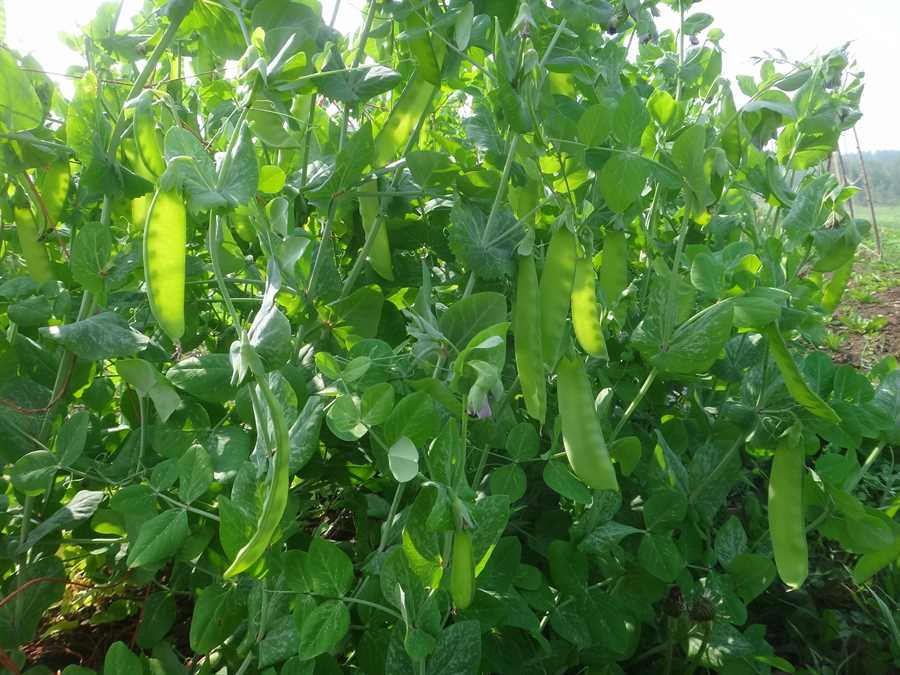Lollandske Rosiner pea
$4.00
[Lathyrus oleraceus syn. Pisum sativum] – A landrace dry pea growing on short, bush-type plants. These peas are semi-leafless; this means that some leaves have been replaced by extra tendrils, making the plants cling to each other and not require trellising. Large, wrinkled olive-coloured seeds. The name ‘Lollandske Rosiner’ translates as ‘Lolland Raisin’; and indeed the seeds somewhat resemble raisins in appearance and the variety is still grown on Lolland and Falster, islands south of Copenhagen in Denmark.
This variety is boarded on the Slow Food Foundation’s Ark of Taste; indicating that its future is tenuous. However, the European Cooperative Programme for Plant Genetic Resources (which facilitates partnerships between European seedbanks and helps them collaborate on projects) uses it as an example of successful in situ preservation of a landrace. In situ preservation is a term used by genebanks to distinguish between what they do (keep seeds in cold storage and occasionally grow them out just to preserve them, called ex situ preservation) and what they prefer: where people are actually growing, using and saving seed from varieties as a part of their culture in their place. Ex situ preservation keeps varieties from going over the brink of extinction, but can do no more; in situ preservation keeps them as dynamic, vital parts of a community of people and plants, and maintains the agrobiodiversity we need… Enough preaching! Grow landraces!
In stock
Plant as soon as ground can be worked. Sow 1” deep and 2” apart, in a double row 8” wide. Trellis if necessary with twine or netting; can’t hang on to poles. Pick green shelling peas regularly to increase yields; pick dry peas when vines are drying down and seeds can no longer be dented with a fingernail. For fall planting, plant 6-8 weeks before first frost.





